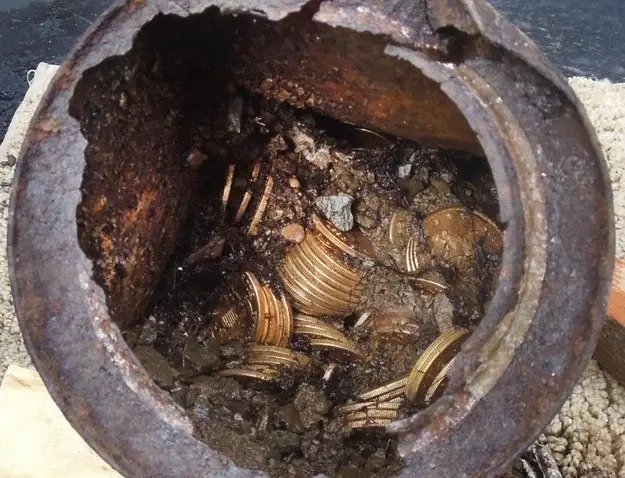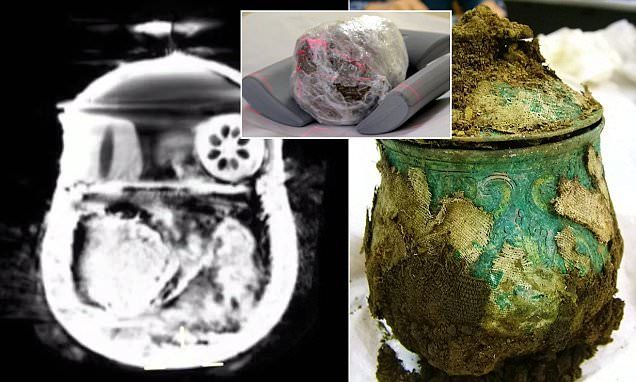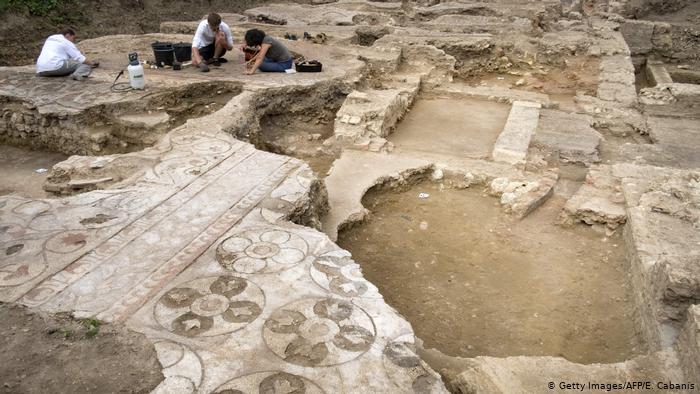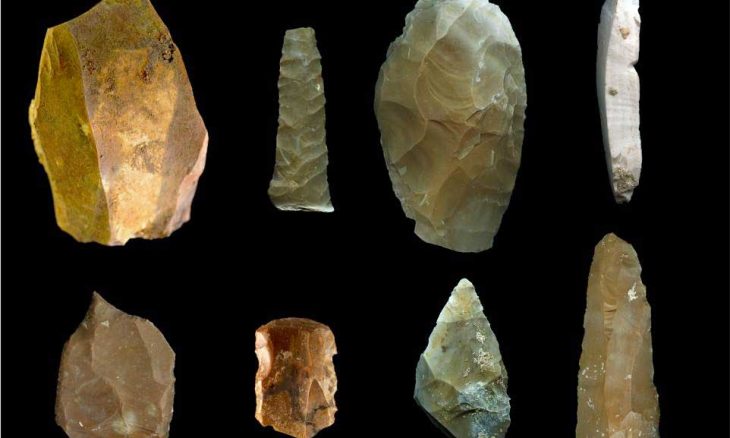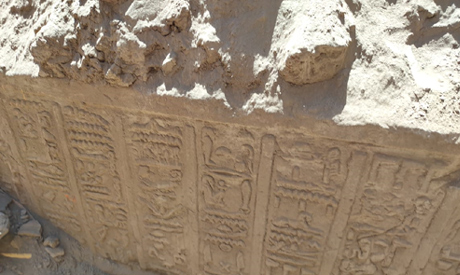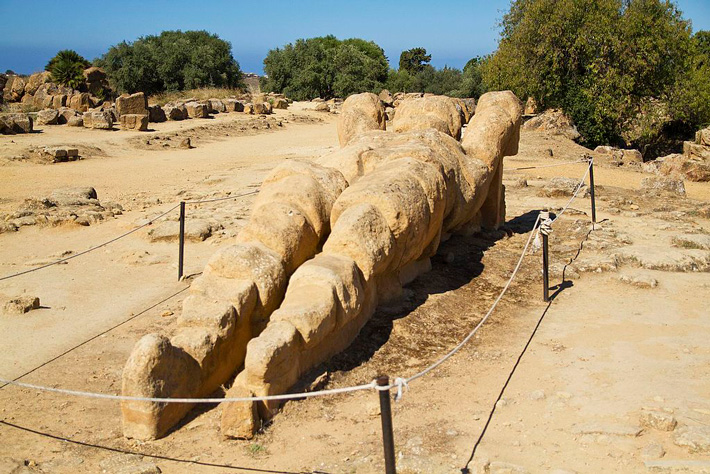A California Couple Found $10 Million In Gold Coins In Their Backyard
After all, a California couple who have discovered a $10 million cache of hidden gold coins may not be so lucky The coins may have been stolen from the U.S. Mint in 1900 and thus be the property of the government, according to a published report.
A search of the Haithi Trust Digital Library provided by Northern California’s fishery guide Jack trout, who is also a historian and collector of rare coins, brought up the news of theft on the website of the San Francisco Chronicle.
The anonymous California couple spotted the edge of an old can on a path they had hiked many times before several months ago. Poking at the can was the first step in uncovering a buried treasure of rare coins estimated to be worth $10 million.

“It was like finding a hot potato,” the couple told coin expert Don Kagin from Kagin’s, Inc. The couple hired the president of Kagin’s, Inc. and Holabird-Kagin Americana, a western Americana dealer and auctioneer, to represent them.
The coins are mostly uncirculated and in mint condition, and they add up in face value to $27,000. “Those two facts are a match of the gold heist in 1900 from the San Francisco Mint,” the newspaper reported.
Jack Trout told the paper that an 1866 Liberty $20 gold piece without the words “In God We Trust” was part of the buried stash, and the coin may fetch over $1 million at auction because it’s so rare.

“This was someone’s private coin, created by the mint manager or someone with access to the inner workings of the Old Granite Lady (San Francisco Mint),” Trout told the newspaper. “It was likely created in revenge for the assassination of Lincoln the previous year (April 14, 1865). I don’t believe that coin ever left The Mint until the robbery. For it to show up as part of the treasure find links it directly to that inside job at the turn of the century at the San Francisco Mint.”
Mint spokesman Adam Stump issued this statement when contacted by ABC News: “We do not have any information linking the Saddle Ridge Hoard coins to any thefts at any United States Mint facility. Surviving agency records from the San Francisco Mint have been retired to the National Archives and Records Administration (NARA), under Record Group 104. When news of the stash first broke, coin dealer Kagin spoke about the rarity of such a find.
“Since 1981, people have been coming to us with one or two coins they find worth a few thousand dollars, but this is the first time we get someone with a whole cache of buried coins… It is a million to one chance, even harder than winning the lottery,” Kagin told ABCNews.com.
The couple is trying to remain anonymous after finding the five cans of coins last spring on their Tiburon property in northern California and conducted an interview with Kagin.
“I never would have thought we would have found something like this. However, in a weird way I feel like I have been preparing my whole life for it,” the couple said.
“I saw an old can sticking out of the ground on a trail that we had walked almost every day for many, many years. I was looking down in the right spot and saw the side of the can. I bent over to scrape some moss off and noticed that it had both ends on it,” they said.
It was the first of five cans to be unearthed, each packed with gold coins.
“Nearly all of the 1,427 coins, dating from 1847 to 1894, are in uncirculated, mint condition,” said Kagin told ABCNews.com.
He said that the couple plan to sell most of the coins, but before they do, they are “loaning some to the American Numismatic Association for its National Money Show, which opens Thursday in Atlanta.”
“Some of the rarest coins could fetch as much as $1 million apiece,” said Kagin. He also said that they wish to sell 90 percent of the collection through Amazon.com and on the company’s website.
“We’d like to help other people with some of this money. There are people in our community who are hungry and don’t have enough to eat. We’ll also donate to the arts and other overlooked causes. In a way, it has been good to have time between finding the coins and being able to sell them in order to prepare and adjust. It’s given us an opportunity to think about how to give back,” said the couple.
Kagin and his colleague David McCarthy, senior numismatist, and researcher at Kagin’s, met with the couple last April, two months after the hoard was found.
When McCarthy and Kagin told the couple that their bonanza will be in the annals of numismatic stories for quite some time, the couple said, “It would have been quite a pity not to share the magnitude of our find. We want to keep the story of these coins intact for posterity.”
